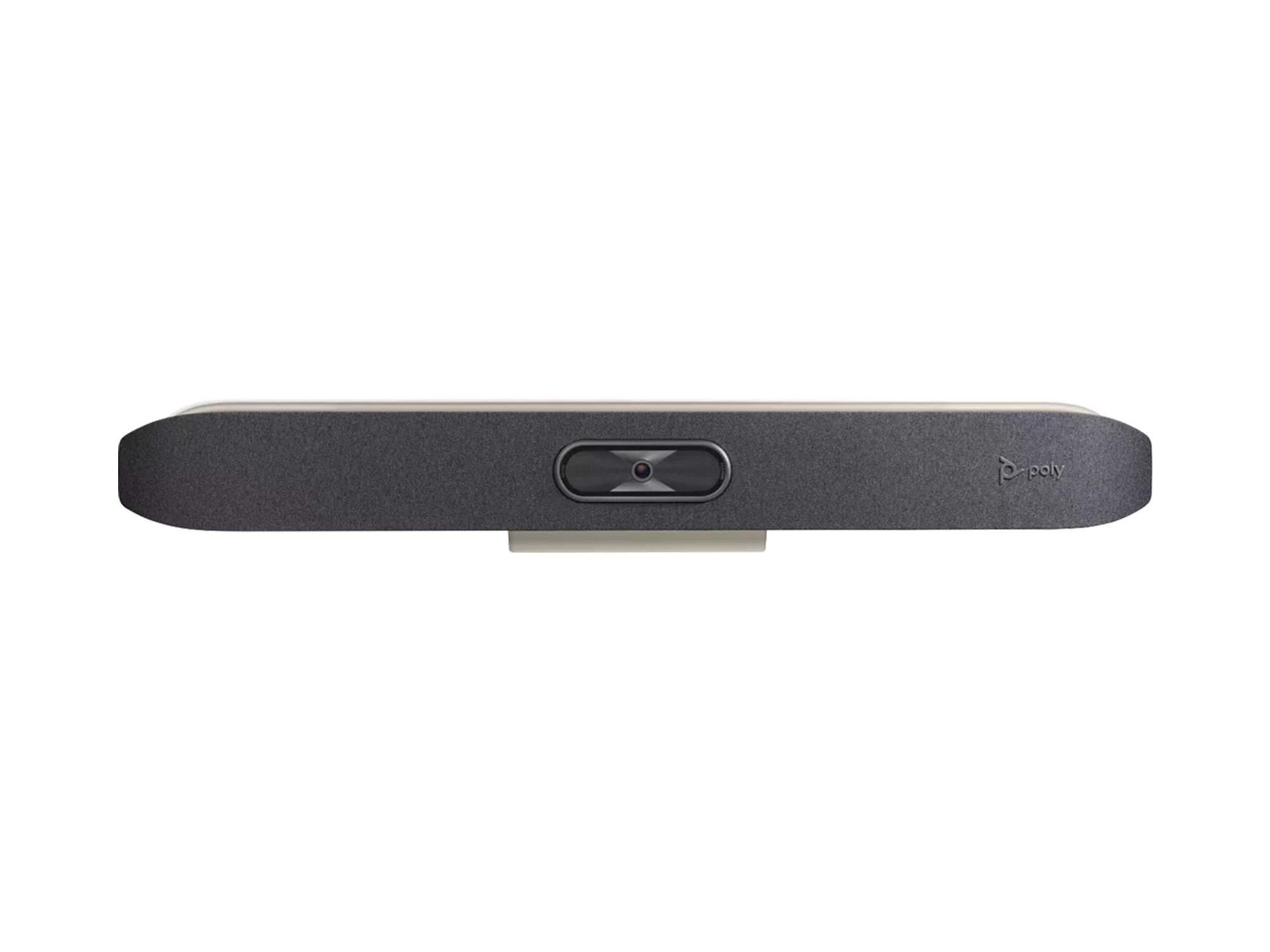























£410.23*
- Resolution 1920 x 1080 Full HD
- Diagonal 27"
- Panel type VA
- Refresh Rate 60Hz



Frequently purchased together
Product information
ViewSonic TD2760 - 27 ″ -10 point touchscreen monitor
Specs -
- 10-point multi-touch
- SuperClear® technology
- Ergonomic stand
- HDMI, DisplayPort and VGA inputs
- 50,000,000: 1 dynamic contrast ratio
- Supports Windows® 7/8/10 as well as selected Linux, Chrome and Android operating systems
- RS232 connection and HDMI CEC
- Two integrated speakers
- Eco fashion
- Flicker-free technology and blue light filter
- VESA mountable
Practical touch monitor
ViewSonic's TD2760 is the ideal solution for commercial and home touchscreen needs. With an intuitive 10-point multi-touch display and a Full HD resolution of 1080p, the 27-inch model offers a wide range of uses in the office, at home or as an information terminal in public areas, at the point of sale, as well as in business and Production buildings. SuperClear® technology with an ultra-wide viewing angle and a dynamic contrast ratio of 50,000,000: 1 offer the best readability and display of multimedia content. The cross-platform compatibility with operating systems such as Windows 10, Linux, Chrome and Android (supports Windows® 7/8/10, the latest Linux Kernel 4.X / 3.X, the latest Chrome version and Android 6.0 / 7.0) provides additional convenience ) The integrated connection options include DisplayPort, HDMI and VGA connections as well as a VESA mount design for use as a wall display. In addition, the RS232 connector provides local control for other devices connected to RS232, while HDMI CEC enables local control of multiple connected devices such as HD set-top boxes, media players and sound systems. The TD2760's ergonomic stand makes it easy for the user to tilt or lift the monitor, creating an ergonomic work environment.
10-point multi-touch
The touchscreen can recognize up to ten contact points at the same time and enables precise and responsive operation. The TD2760 is ideal for home entertainment, offices and commercial and public use.
Best image quality from every viewing angle
Enjoy precise, vibrant colors with constant brightness regardless of your viewing angle. Thanks to the SuperClear® VA panel, the monitor offers the same image quality, whether you look at the screen from above, from below, from the front or from the side.
Ergonomic base for optimal operation
A flexible, ergonomic stand makes it easier to adjust the TD2760 for greater comfort and the best view. Simply tilt, raise and lower the monitor to easily adjust it to your position.
Versatile connectivity
Thanks to the HDMI and VGA inputs, you have the option of connecting your monitor to a variety of devices.
Extremely dynamic contrast
The dynamic contrast ratio of 50,000,000: 1 ensures extremely fine gradations between the darkest and lightest colors. This ensures high details and vivid images.
Control multiple devices
RS232 enables local control of set-top boxes and other compatible devices. With the HDMI-CEC functionality, you can control DVD players, sound systems and other HDMI-connected devices directly via the display.
Technical data
| Name | ViewSonic TD2760 27" Touch display |
|---|---|
| Article number | 1000008811 |
| GTIN/EAN | 0766907002775 |
| Manufacturer SKU | TD2760 |
| Model name | TD2760 |
| Brand | ViewSonic |
| Product Type | Monitor |
| Product Series | ViewSonic TD Series |
| Technology | LCD |
| Panel type | VA |
| Resolution | 1920 x 1080 Full HD |
| Diagonal | 27" |
| Aspect Ratio | 16:9 |
| Viewing angle - Horizontal | 178° |
| Viewing angle - Vertical | 178° |
| Contrast Ratio | 50,000,000 :1 |
| Max. Brightness | 230 cd/m² |
| Response time | 12ms |
| Refresh Rate | 60Hz |
| Support - VESA | 100 x 100 |
| Inputs | 1x 3,5mm Jack , 1x Displayport , 1x HDMI , 1x RS232 , 3x USB-C |
| Outputs | 1x 3,5mm Jack |
| Features | Touch screen |
| Product width | 66 cm |
| Product height | 41 cm |
| Product depth | 5.8 cm |
| Weight | 5.5 kg |
| Colour | Black |
| Power consumption (Annual) | 34 kW |
| EEK Spectrum | A to G |
| Energy efficency class | F |
| Delivery contents | HDMI Cable , USB cable , VGA cable |
| Condition | New |
| Warranty | 24 Month |
| Warranty type | Bringin service Service and support information |
Downloads
Product safety
| Person responsible for the EU |
|---|
| ViewSonic Technology GmbH |
| Fürst-Leopold-Platz 1 |
| 46284 Dorsten |
| Germany |
| sales-uk@viewsonic.com |













